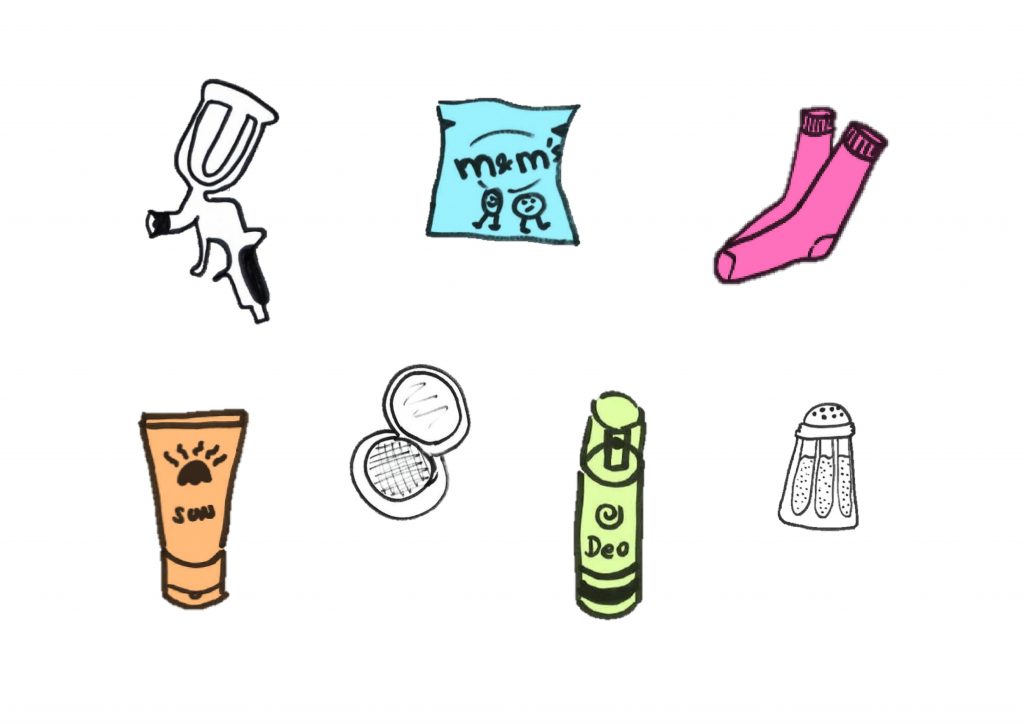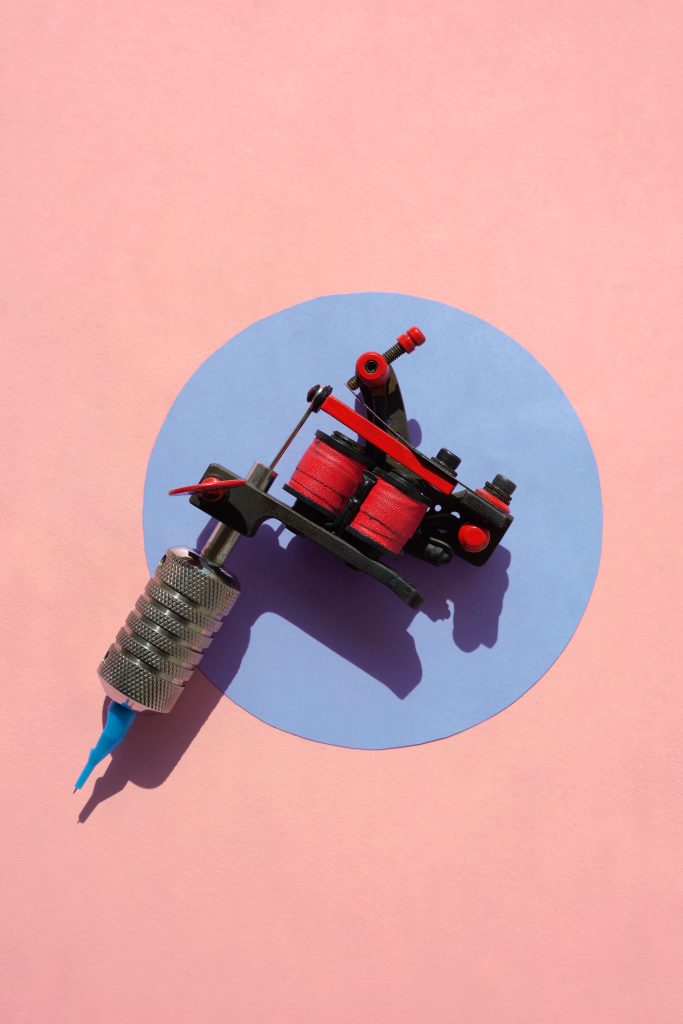Example 1
Nanomaterials in everyday life products
Nanomaterials are contained in a large array of everyday life products such as cosmetics (e.g. TiO2 nanoparticles as UV-absorbing agent in sun screen), textiles (e.g. nanosilver as anti-bacterial agent function ware), or food (e.g. SiO2 nanoparticles as anti-caking agent in salt). During the past decades, nanosafety assessment has been determining potential hazards of various types of nanoparticles in regard to their biological effects on cells and organisms (cytotoxicity, uptake, barrier disruption, immune activation/inhibition, genotoxicity, etc.). In combination with assessment of the exposure of (i) consumers by using nanomaterial-containing products, (ii) workers having inhaling nanoaerosols at the workplace, or (iii) the environment when nanoparticles are released upon disposal several layers of risk assessment have to be taken into consideration.

Example 2
Nanoparticles in sports equipment
Nowadays, competitive sports require the highest possible performance in order to keep up with the level of the concurrence . Since any improvement in performance can give the necessary advantage, there is constant need for innovation of functionality and durability of sports equipment. That is when nanotechnology comes into play. Moreover, the performance of sports equipment can be enhanced by using modern nanotechnology. This includes for example the usage of carbon nanotubes, leading to increased durability of materials and decreased weight. These features provide higher quality in case of racing bicycles and tennis racquets. Another example is the use of nanofibers to improve the properties of sportswear, by making them more breathable, water-proof and enhancing their UV-protective qualities. In this regard, nanotechnology can be used to prevent possible infections by means of treating fabrics with silver nanoparticles, which exhibit antibacterial properties. Another beneficial aspect of these particles is the reduction in the development of odor. So far, nanonetchnology in relation to sports has proven to be safe to use, and we lack any evidence about it being harmful in this field.

Example 3
Tattoo ink nanoparticles
Tattooing is an old tradition wide-spread among numerous cultures, carrying different meanings and significances. Despite the historical origins of tattoos, little is known about the health risks involved with this tradition. Unfortunately, many people fail to get adequate information about the possible risks prior to getting tattooed. The ink used for modern tattoos has a wide range of ingredients, including heavy metals such as mercury, lead, titanium, nickel, cobalt and chromium. When the ink is injected under the skin, the pigment particles range in size from nanometers to micrometers. The smaller (nano)particles are gobbled up by macrophages, a type of immune cell that is responsible for taking up and getting rid of foreign substances in the body (1). A recent study found that the nanoparticles in the tattoo ink are translocated from the skin to the lymph nodes, which leads to the enlargement of lymph nodes (2). This process can cause a slight but permanent state of inflammation of the skin, as a result of the nanoparticles. During laser tattoo removal, ink particles are broken up into smaller particles. These can then be transported and eventually excreted. As tattooing is not a medical procedure, the regulations are less strict, and few studies have been conducted about the health risks related to this practice. With the advancement of nanoparticle research, we hope to get a deeper understanding about the risks of ink nanoparticles in the skin.

Photos: (1) © PLUS; (2) © Unsplash, VELOBAR+, @velobar_plus; (3) © Unsplash, Andrej Lišakov, @lishakov




